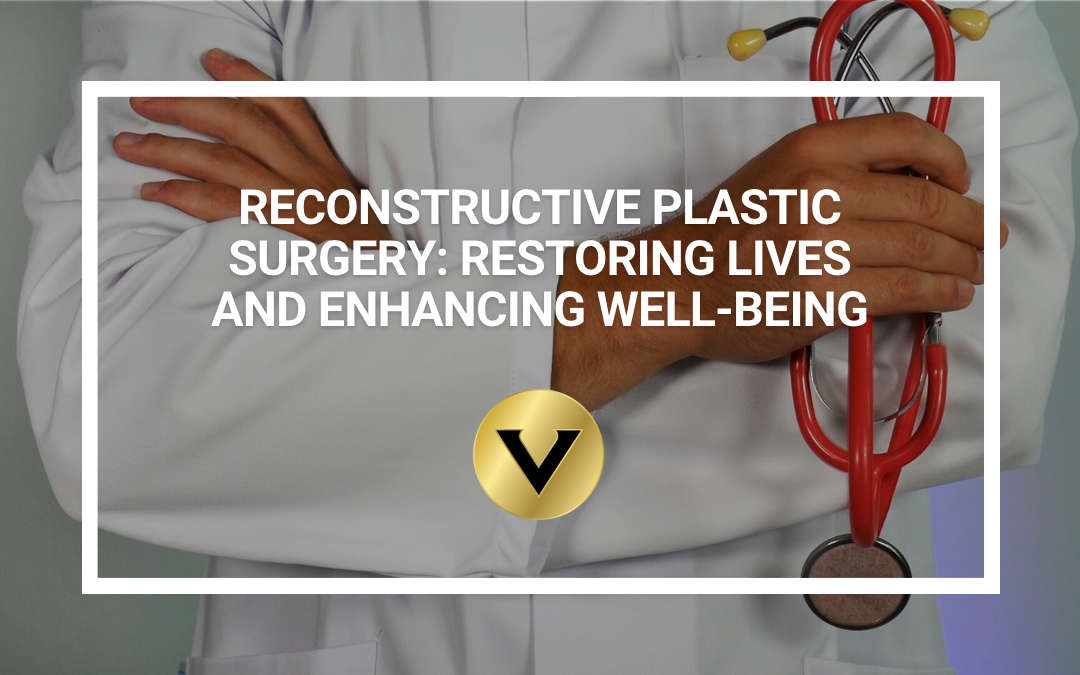Plastic surgery is often associated with cosmetic enhancements and the pursuit of beauty, but it’s important to recognize that there is another significant branch of plastic surgery: reconstructive plastic surgery. Unlike cosmetic surgery, which focuses on aesthetic improvements, reconstructive plastic surgery is primarily aimed at restoring form and function to the body, making a profound impact on people’s lives.
Reconstructive plastic surgery encompasses a wide range of procedures that help individuals recover from physical trauma, congenital abnormalities, or the effects of disease. Its goal is to restore normal appearance and functionality, allowing patients to regain their self-confidence, improve their quality of life, and enhance their overall well-being.
One of the most common applications of reconstructive plastic surgery is in the treatment of burns. Severe burns can cause extensive damage to the skin, resulting in disfigurement and loss of function. Reconstructive procedures such as skin grafting, tissue expansion, and flap surgery can help restore the skin’s integrity and mobility, improving both physical and psychological well-being.
Another area where reconstructive plastic surgery plays a crucial role is in the treatment of breast cancer. After a mastectomy, women may opt for breast reconstruction to restore their body image and regain a sense of femininity. Techniques such as breast implants or tissue flap reconstruction can recreate the natural contours of the breasts, helping survivors move forward with confidence and emotional healing.
Reconstructive plastic surgery also addresses the needs of individuals born with congenital anomalies, such as cleft lip and palate. These conditions can significantly impact speech, eating, and social interactions. Through surgical interventions, plastic surgeons can correct these abnormalities, allowing children to develop normally and lead fulfilling lives.
In addition to physical trauma and congenital conditions, reconstructive plastic surgery also aids in the recovery from major accidents or surgeries. For instance, after a car accident or a significant injury, facial fractures and deformities may occur. Facial reconstructive surgery can restore facial structure and symmetry, enabling patients to regain their pre-injury appearance and function.
It’s worth mentioning that reconstructive plastic surgery goes beyond physical restoration. It has a profound psychological impact on patients, helping them rebuild their self-esteem, overcome emotional distress, and reintegrate into society. By addressing the physical and emotional aspects of recovery, reconstructive procedures contribute to a holistic approach to healing.
Reconstructive plastic surgery is a vital branch of medicine that restores lives and enhances well-being. Its impact reaches far beyond the physical realm, as it helps individuals recover from trauma, congenital conditions, and the effects of diseases. By restoring form and function, reconstructive procedures empower patients, giving them the opportunity to lead fulfilling lives with renewed confidence.

